Alexandrite
A highly-valuable variety of chrysoberyl, alexandrite displays a color-change effect
due to the presence of chromium atoms within its internal crystal structure.
The two hues displayed by top-end alexandrites are pure green in daylight and pure red
under artificial incandescent light sources, thus giving rise to
the phrase “emerald by day, ruby by night”.
However, the color-shift observed in most natural material tends to be somewhat
less extreme (e.g. bluish-green to purplish-violet), and stones possessing the
above-mentioned ideal hues should be suspected of being synthetic in origin or
perhaps from a different gem species altogether (e.g. color-change garnet).
Alexandrite was first discovered in Russia’s Ural Mountains during the 1830s,
and was named after the future Tsar Alexander II who was coming of age around that time.
The gem has since been found in several other localities, with only Brazilian alexandrite
of comparable quality to the now-depleted Russian material.
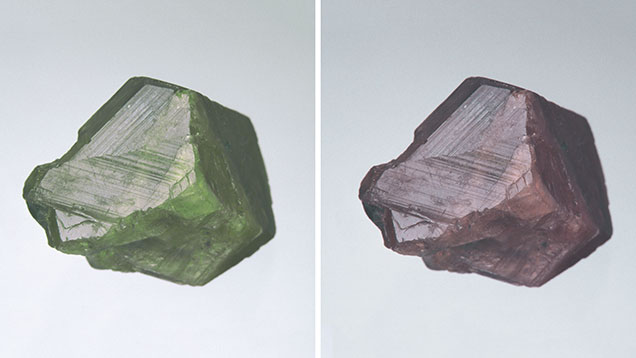
Alexandrite stone in the rough
|
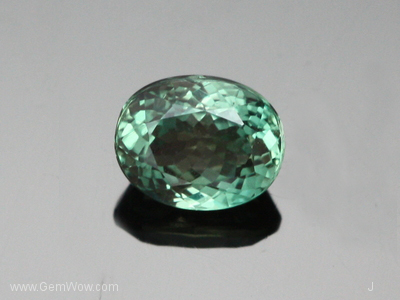
|
Name:
color:
Measurement:
Inclusion:
Weight:
Treatment:
Price:
|
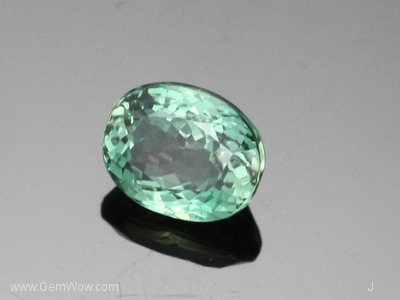 |
Name:
color:
Measurement:
Inclusion:
Weight:
Treatment:
Price:
|
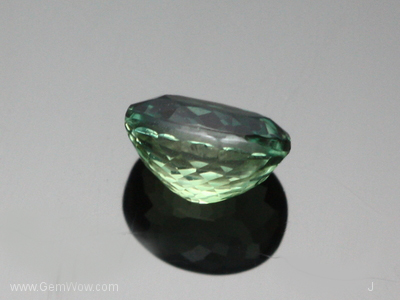 |
Name:
color:
Measurement:
Inclusion:
Weight:
Treatment:
Price:
|
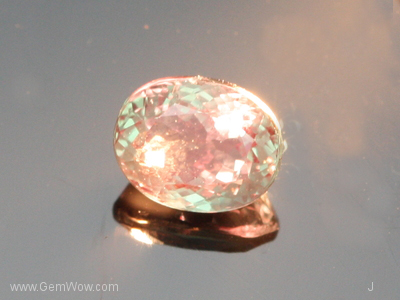 |
Name:
color:
Measurement:
Inclusion:
Weight:
Treatment:
Price:
|
|




